Species Photo Gallery for Oncopsis minor No Common Name 33 |
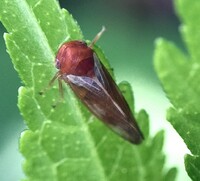 | Photo by: Ted Wilcox
Watauga Co.
Comment: On low vegetation with Beech trees near by. - unid_leafhopper |  | Photo by: Ted Wilcox
Watauga Co.
Comment: On low vegetation with Beech trees near by. - unid_leafhopper |
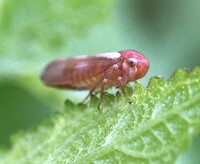 | Photo by: Ted Wilcox
Watauga Co.
Comment: On low vegetation with Beech trees near by. - unid_leafhopper | 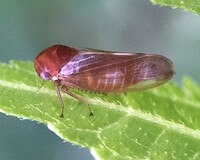 | Photo by: Ted Wilcox
Watauga Co.
Comment: On low vegetation with Beech trees near by. - unid_leafhopper |
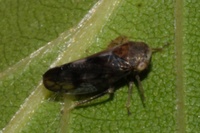 | Photo by: Scott Bolick
Surry Co.
Comment: |  | Photo by: Scott Bolick
Surry Co.
Comment: |
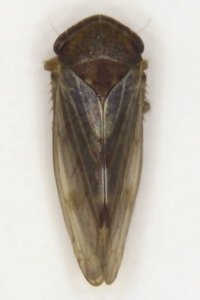 | Photo by: Kevin Metcalf
Yancey Co.
Comment: perched on low vegetation | 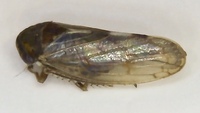 | Photo by: Kevin Metcalf
Yancey Co.
Comment: perched on low vegetation |
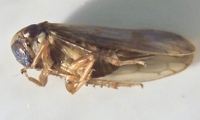 | Photo by: Kevin Metcalf
Yancey Co.
Comment: perched on low vegetation | 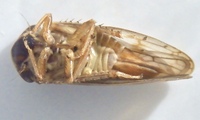 | Photo by: Kevin Metcalf
Yancey Co.
Comment: perched on low vegetation |
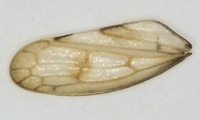 | Photo by: Kevin Metcalf
Yancey Co.
Comment: perched on low vegetation | 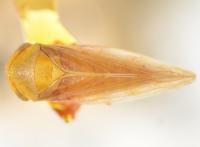 | Photo by: Kyle Kittelberger
Out Of State Co.
Comment: NCSU specimen; female |
 | Photo by: Kyle Kittelberger
Out Of State Co.
Comment: NCSU specimen; female |  | Photo by: Kyle Kittelberger
Out Of State Co.
Comment: NCSU specimen; female |
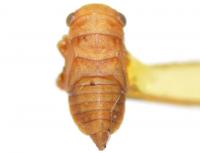 | Photo by: Kyle Kittelberger
Out Of State Co.
Comment: NCSU specimen; nymph |  | Photo by: Kyle Kittelberger, Brian Bockhahn, Paul Scharf
Avery Co.
Comment: grassy and vegetated, shrubby habitat surrounded by forest; tentative id, could be an unknown species; female |
 | Photo by: Kyle Kittelberger, Brian Bockhahn, Paul Scharf
Avery Co.
Comment: grassy and vegetated, shrubby habitat surrounded by forest; tentative id, could be an unknown species | 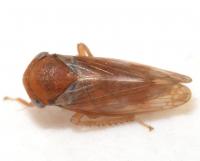 | Photo by: Kyle Kittelberger
Out Of State Co.
Comment: female, 4.3 mm |
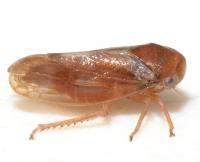 | Photo by: Kyle Kittelberger
Out Of State Co.
Comment: female, 4.3 mm | 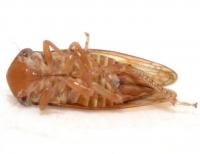 | Photo by: Kyle Kittelberger
Out Of State Co.
Comment: female, 4.3 mm |
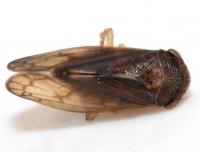 | Photo by: Kyle Kittelberger
Out Of State Co.
Comment: male | 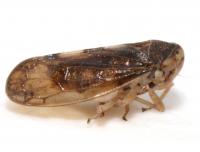 | Photo by: Kyle Kittelberger
Out Of State Co.
Comment: male |
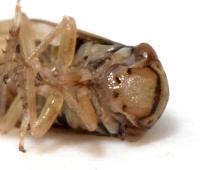 | Photo by: Kyle Kittelberger
Out Of State Co.
Comment: male | 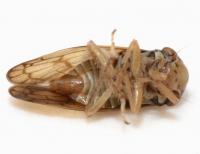 | Photo by: Kyle Kittelberger
Out Of State Co.
Comment: male |
 | Photo by: Kyle Kittelberger
Out Of State Co.
Comment: female, 4.5 mm | 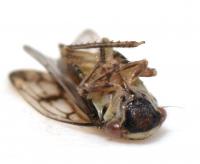 | Photo by: Kyle Kittelberger
Out Of State Co.
Comment: female, 4.5 mm |
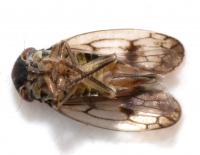 | Photo by: Kyle Kittelberger
Out Of State Co.
Comment: female, 4.5 mm | 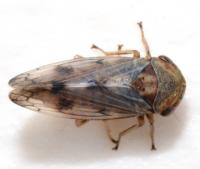 | Photo by: Kyle Kittelberger
Out Of State Co.
Comment: female, 4.1 mm |
 | Photo by: Kyle Kittelberger
Out Of State Co.
Comment: female, 4.1 mm | 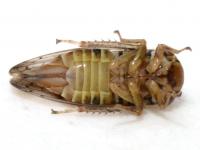 | Photo by: Kyle Kittelberger
Out Of State Co.
Comment: female, 4.1 mm |
 | Photo by: Kyle Kittelberger, Brian Bockhahn, Paul Scharf
Avery Co.
Comment: open area near mixed hardwood forest | 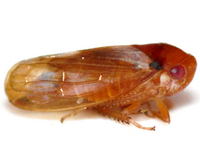 | Photo by: Kyle Kittelberger, Brian Bockhahn, Paul Scharf
Avery Co.
Comment: grassy and vegetated, shrubby habitat surrounded by forest; hind leg appears to have around 7 spines |
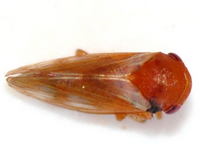 | Photo by: Kyle Kittelberger, Brian Bockhahn, Paul Scharf
Avery Co.
Comment: grassy and vegetated, shrubby habitat surrounded by forest |

 »
»
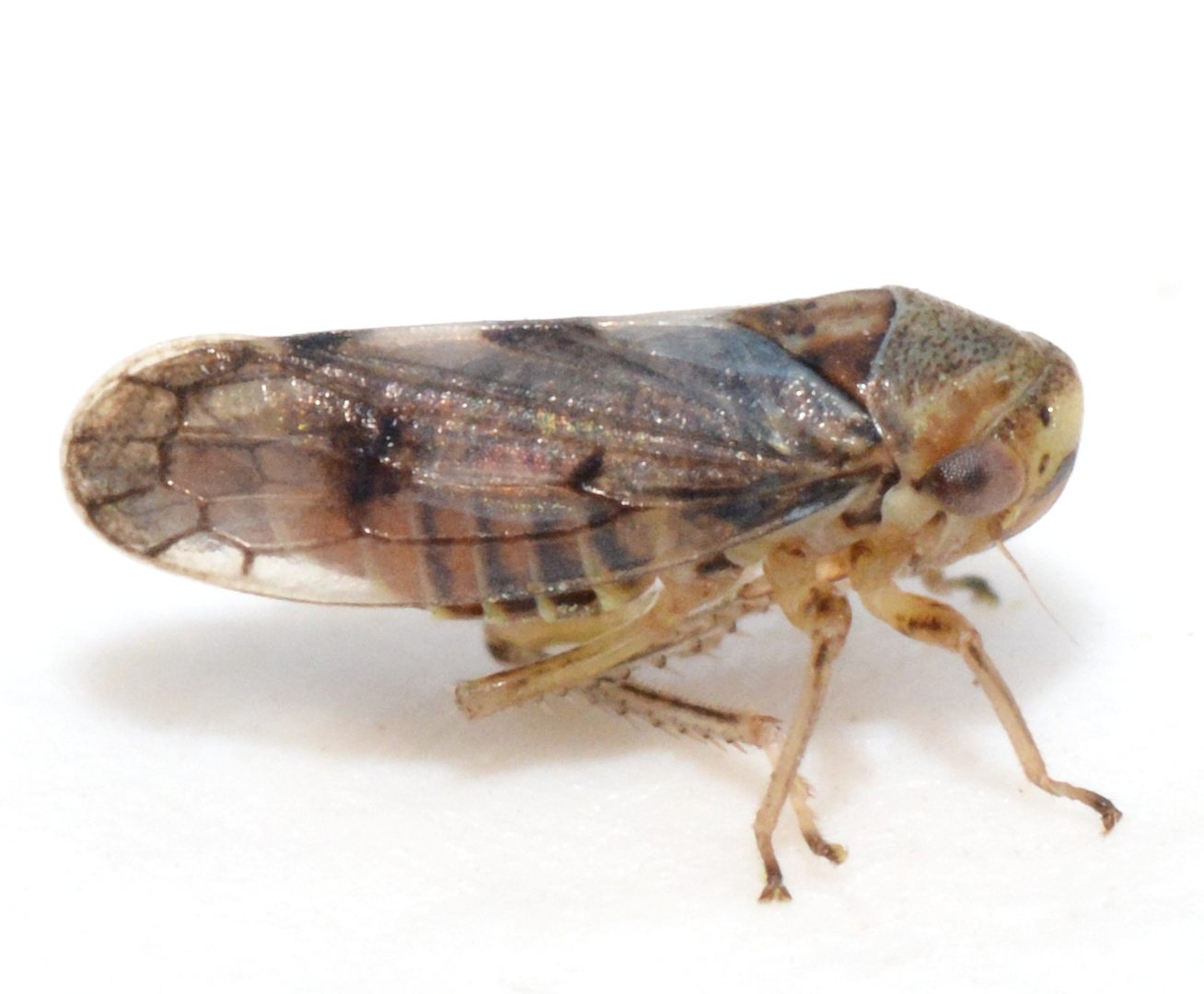
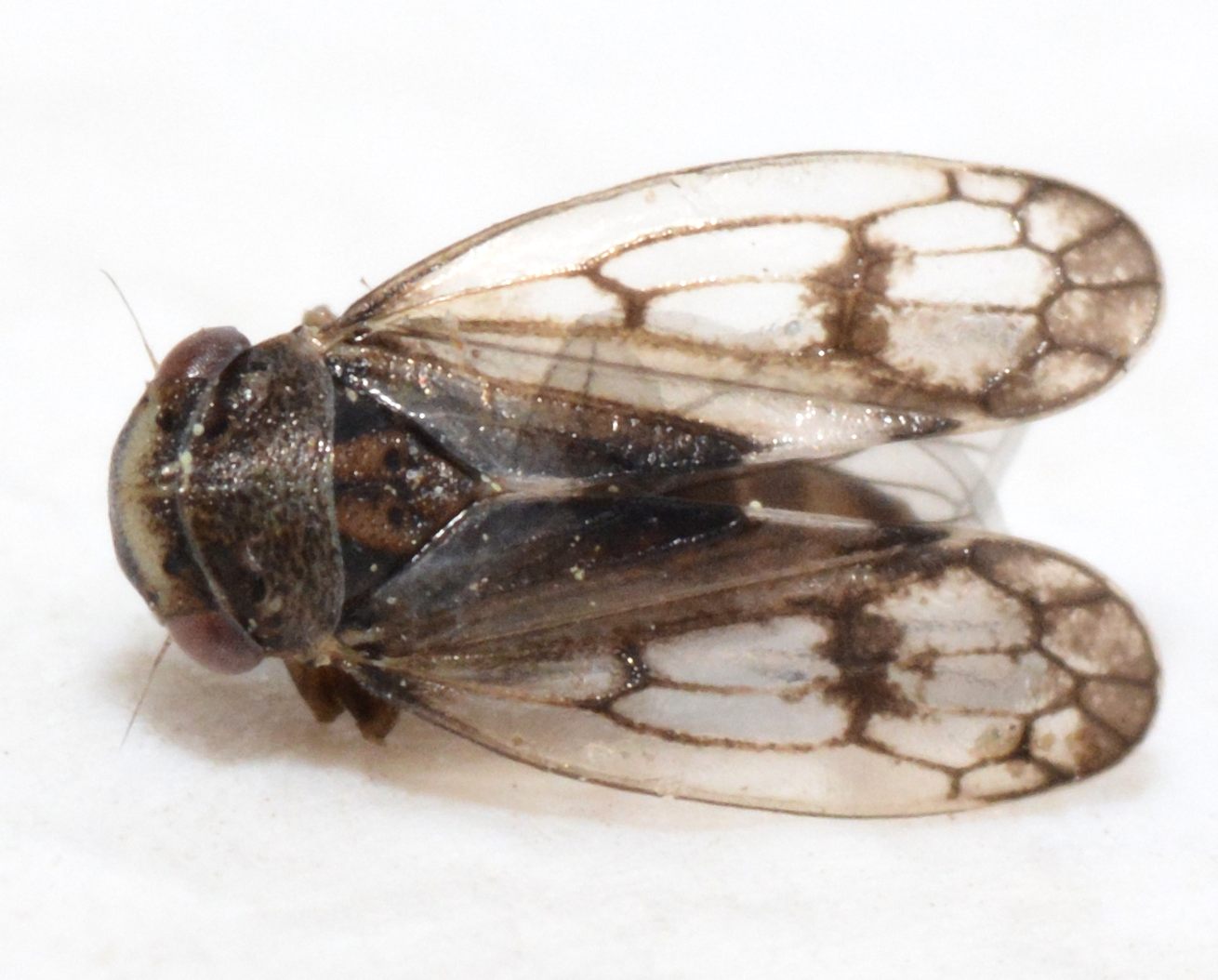


 »
»


